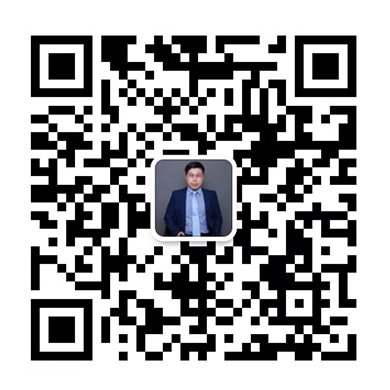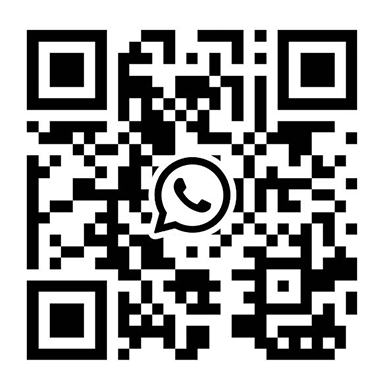In today’s globalized healthcare landscape, the demand for ophthalmic equipment that supports multiple languages has become more than a convenience—it’s a necessity. Clinics, hospitals, and eye care centers operate across diverse linguistic regions, and ensuring that medical devices are accessible and understandable to all users is critical for both safety and efficiency.
This article explores how purchasing managers and clinical decision-makers can assess whether a supplier provides robust multi-language support for ophthalmic devices. We’ll also cover the benefits of multilingual interfaces, regulatory implications, and best practices for implementation.
Why Multi-Language Support Matters in Ophthalmology
Enhancing Usability Across Global Markets
Ophthalmic professionals include technicians, nurses, and doctors from various linguistic backgrounds. Multi-language support ensures:
- Accurate device operation
- Reduced training time
- Lower risk of user error
- Improved patient outcomes
Regulatory Compliance
Many international regulatory bodies require that medical devices include instructions and user interfaces in the local language. For example:
- European Union: Medical Device Regulation (MDR) mandates labeling and instructions in the official language(s) of the country.
- Health Canada: Requires bilingual (English and French) documentation.
- China NMPA: Demands Chinese-language labeling and manuals.
Key Features of Multi-Language Support in Ophthalmic Equipment
When evaluating a supplier, purchasing managers should look for the following multilingual capabilities:
1. Multilingual User Interface (UI)
- Touchscreen menus in multiple languages
- Easy toggling between languages
- Consistent terminology across translations
2. Multi-Language User Manuals
- Printed and digital manuals in various languages
- Clear, culturally adapted instructions
- Visual aids to support understanding
3. Software Localization
- Translated software prompts and alerts
- Localized date/time formats and units of measurement
- Compatibility with regional operating systems
4. Technical Support in Multiple Languages
- Access to multilingual customer service
- Local language support tickets and documentation
- Regional training sessions and webinars
How to Verify Multi-Language Capabilities
Ask the Supplier Directly
Request detailed documentation on:
- Supported languages for UI and manuals
- Availability of translated training materials
- Language options for software updates
Request a Demo
During product demonstrations, ask to:
- Switch interface languages
- Review translated manuals
- Test software prompts in different languages
Review Certifications and Labels
Ensure the device complies with:
- CE Marking language requirements
- FDA labeling guidelines
- Local language mandates in your region
Benefits of Multi-Language Support
✅ Improved Staff Efficiency
- Reduces training time
- Minimizes operational errors
- Enhances user confidence
✅ Enhanced Patient Safety
- Accurate test results
- Proper device handling
- Clear communication during procedures
✅ Regulatory Readiness
- Faster approvals
- Fewer compliance issues
- Easier audits and inspections
✅ Broader Market Reach
- Facilitates international expansion
- Appeals to multilingual staff and patients
- Strengthens brand reputation
Best Practices for Purchasing Managers
- 🔍 Include language support as a criterion in RFPs
- 📋 Maintain a checklist of regulatory language requirements by region
- 🧪 Test devices in all required languages before final purchase
- 📞 Confirm availability of multilingual technical support
- 📚 Ensure training materials are translated and culturally adapted
Common Pitfalls to Avoid
- ❌ Assuming English-only devices are sufficient
- ❌ Overlooking software updates that remove language support
- ❌ Ignoring regional dialects or localization nuances
- ❌ Failing to train staff in the selected interface language
Real-World Example: A Global Eye Care Network
A multinational eye care provider operating in Europe, Asia, and South America faced challenges with English-only equipment. After switching to a supplier offering 12-language support, they reported:
- 35% reduction in user errors
- 50% faster onboarding for new technicians
- Full compliance with EU and LATAM regulations
This case illustrates the tangible benefits of investing in multilingual ophthalmic systems.
Frequently Asked Questions (FAQ)
1. Which languages are typically supported by ophthalmic equipment?
Most leading suppliers offer:
- English
- Spanish
- French
- German
- Chinese
- Japanese
- Arabic
- Russian
- Portuguese
- Italian
Always confirm the specific languages with the supplier.
2. Can the language on the device be changed after purchase?
Yes, many devices allow language toggling via:
- Settings menu
- Firmware updates
- Manufacturer support tools
However, some models may require a service technician to update the language pack.
3. Are multi-language manuals available in digital format?
Yes. Most suppliers provide:
- PDF manuals in multiple languages
- Online access via QR codes
- Video tutorials with subtitles or dubbing
4. Does multi-language support affect the cost of the equipment?
In most cases, no. Leading manufacturers include multilingual support as a standard feature. However, custom translations or rare languages may incur additional costs.
5. How do I ensure regulatory compliance for language requirements?
- Refer to the local regulatory authority
- Check the device labeling laws
- Request compliance documentation from the supplier
Conclusion
Multi-language support in ophthalmic equipment is not just a feature—it’s a fundamental requirement for global usability, compliance, and patient safety. Purchasing managers must proactively assess and verify this capability when sourcing devices for multilingual environments.
By selecting suppliers that prioritize localization and linguistic inclusivity, healthcare providers can ensure seamless operations, regulatory alignment, and a superior standard of care.

